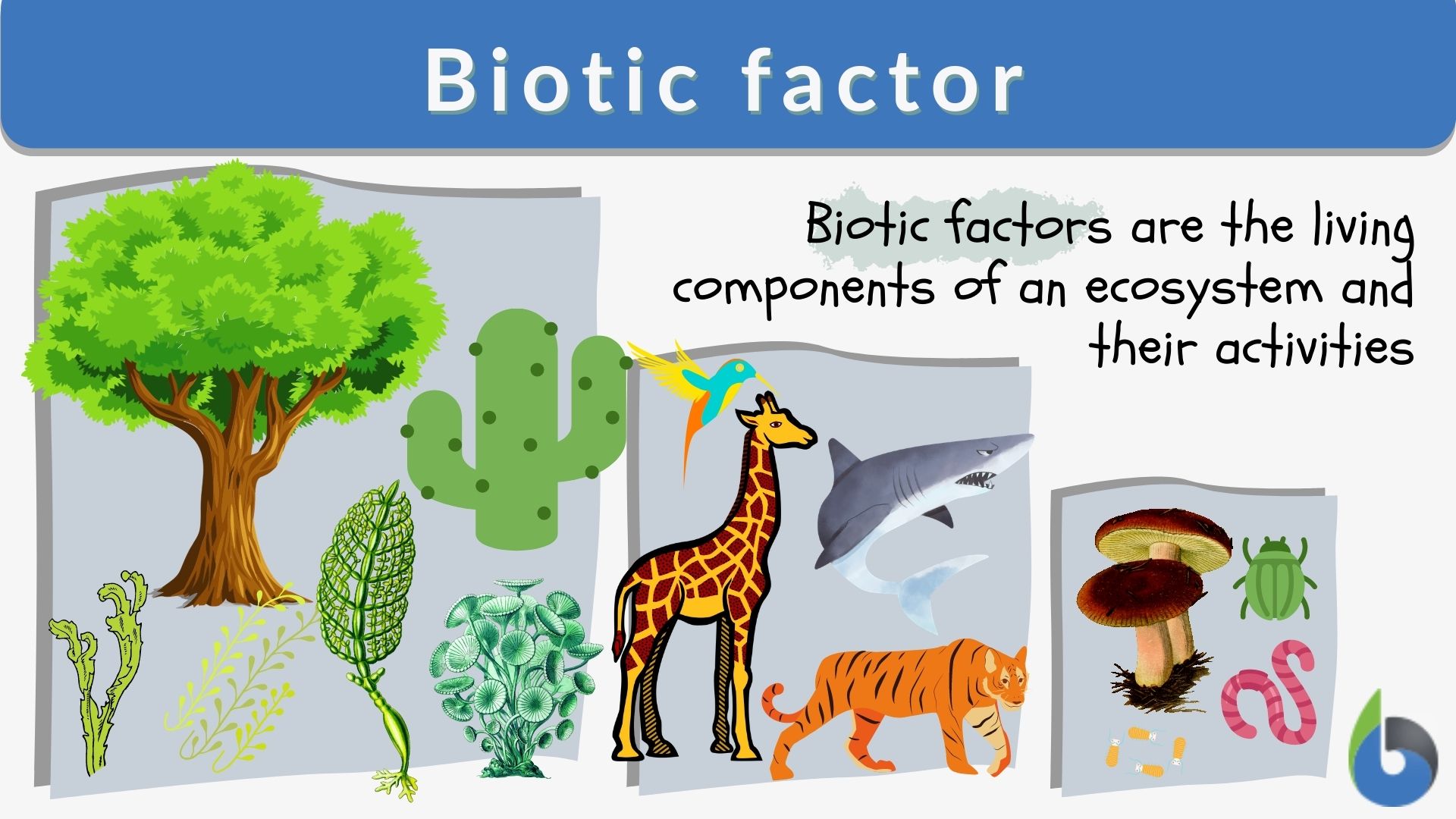The Secret Life of Gold: Biotic or Abiotic? Unveiling the Truth
Gold, the shimmering metal that has captivated humanity for millennia, is more than just a symbol of wealth and beauty. Its story is interwoven with the very fabric of our planet, and the question of whether it’s purely an abiotic (non-living) element, or if it plays a role in the biotic (living) world, is a fascinating one. Let’s delve into the secret life of gold and uncover the truth behind its existence.
The Abiotic Origins of Gold: A Cosmic Creation
The formation of gold is a dramatic tale, rooted in the fiery hearts of dying stars.
- Stellar Nurseries: Gold, like all heavier elements, is forged in the crucible of stellar nucleosynthesis. Supernova explosions – the death throes of massive stars – are where gold atoms are created.
- Gravitational Collapse: During a supernova, immense energy is released, forcing atomic nuclei to fuse and form heavier elements.
- Ejecta and Distribution: These newly formed gold atoms are then scattered throughout the universe in the supernova’s ejecta.
- Earth’s Formation: Over billions of years, this gold-rich material coalesced to form our solar system and, eventually, planet Earth.
This process clearly places gold firmly in the abiotic realm. It is a product of purely physical and chemical processes, devoid of any biological influence during its creation.
Gold in the Earth: From Deep Crust to Surface Deposits
Once formed, gold behaves as a relatively inert element, meaning it doesn’t readily react with other elements. This contributes to its durability and lustrous appearance.
- Hydrothermal Systems: Gold is often found in hydrothermal systems, where hot water, rich in dissolved minerals, circulates through the Earth’s crust.
- Vein Deposits: As the water cools, gold can precipitate out, forming veins within rocks.
- Placer Deposits: Erosion can release gold from these deposits, leading to its accumulation in rivers and streams, forming placer deposits, the source of much of the gold historically mined.
- Chemical Stability: Gold’s chemical stability makes it resistant to weathering, further contributing to its persistence in the environment.
The Intriguing Role of Gold in the Biotic World: A Growing Field of Research
While gold itself is not a fundamental building block of life, a growing body of research suggests it can interact with living organisms in intriguing ways. This interaction pushes the boundaries of our understanding of the biotic and abiotic interplay.
- Microbial Involvement: Certain microorganisms, including bacteria and fungi, are capable of:
- Accumulating Gold: Some microbes can absorb gold from their environment.
- Biomineralization: They can even play a role in forming gold nanoparticles, a process called biomineralization.
- Geochemical Cycling: Microbes can influence the movement of gold in the environment, impacting its concentration and distribution.
- Gold Nanoparticles and Biological Applications: The unique properties of gold nanoparticles have led to their increasing use in:
- Medicine: Drug delivery, diagnostics, and cancer treatment.
- Biotechnology: Biosensors and imaging.
- Agriculture: Improving crop yields.
This demonstrates that while gold isn’t alive in the traditional sense, living organisms can interact with and utilize it.
The Verdict: Gold’s Primary Nature and Complex Interactions
So, is gold biotic or abiotic? The answer is nuanced.
- Primarily Abiotic: Gold is fundamentally an abiotic element, formed through non-living processes in space and the Earth’s crust.
- Biotic Interactions: However, living organisms can interact with gold, influencing its behavior and even utilizing it for specific purposes.
- The Future of Research: Further research into the biotic-abiotic interface of gold promises to reveal even more fascinating insights into the element’s role in the environment and its potential applications.
Frequently Asked Questions (FAQs)
1. Can gold be created in a lab?
Yes, scientists can create gold, but the process requires specialized equipment and is extremely energy-intensive. It’s far more efficient to mine gold than to synthesize it.
2. Is gold essential for human health?
Gold is not essential for human health in the same way that vitamins and minerals are. However, gold nanoparticles are being explored for their potential in medical applications.
3. How does gold get into rivers and streams?
Gold enters rivers and streams primarily through the erosion of gold deposits found in rocks. Weathering and water action break down the surrounding rock, releasing the gold particles.
4. Are there any plants that contain gold?
Yes, some plants, called hyperaccumulators, can absorb gold from the soil. This is a relatively new area of research with the potential to revolutionize gold mining.
5. What is the difference between gold and fool’s gold?
Fool’s gold, also known as pyrite, is a mineral (iron sulfide) that can look similar to gold due to its metallic luster. However, pyrite is much harder and more brittle than gold, and it does not have the same value.




